Quick! You have to check out a new album, and your Airpods just won't do. Where are you heading for your first listen?
Chances are your answer has four wheels.
The car is an acid test for music. Perhaps second fiddle only to the shower, your vehicle is a ready-made arena for cutting loose and letting musical expression fly. It's a venue for one, a road trip karaoke bar. Hell, there's a drum right in front of you, and it's begging for a solo.
First, a small history lesson.
Music lovers have been messing around with in-car listening for almost a century. Want to know where Motorola got its name? It's a mash-up of "motor" and "Victrola", which all but spells out the company’s first product: a car radio. (The Victrola was a variety of phonograph, manufactured by Victor in the early 20th century.)
Some innovations even pre-date Motorola's first radio. Portable record players, which required some light assembly at one's destination, were popular as hand-cranked audio for your auto. I'm willing to bet everyone who had one wished they could use it on the move.
In the 1950s, a couple of car brands – such as Imperial (Chrysler's luxury imprint) and DeSoto – experimented with making that wish come true, providing in-car turntables as an option. You can see why the idea never caught on: if you think a Crosley is a crappy record player, imagine trying to drop the needle on a bumpy road. Imperial offered special "Highway Hi-Fi" discs which spun at 16⅔, rather than 33⅓, to prevent frequent skipping. Alas, the innovation didn't do much to sway the public.
The real problem was that the music in the Highway Hi-Fi catalog was pretty lethargic (Music of Cole Porter, Romantic Moods, etc.), and the idea – despite giving way to later versions, embraced by the likes of George Harrison – proved to be a flop.
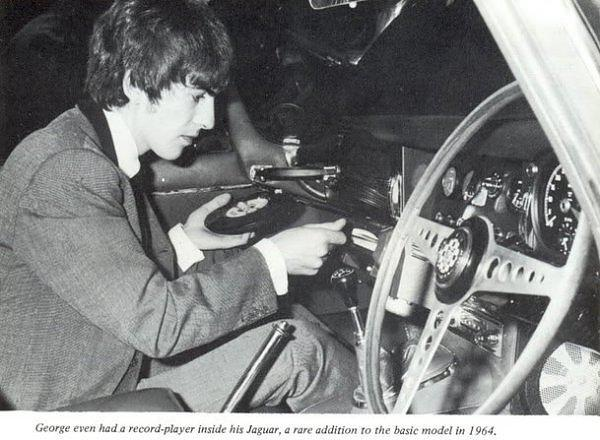
The now-laughable vinyl idea faded away in favor of tape players. First came clunky 8-tracks, before cassette systems began to dominate in the '70s. Sure, cassette tapes had some advantages – the most notable being sheer usability. Potholes in the road were not landmines to cassettes the way they were to records.
There’s something ears in America really crave, though, and we weren't hearing it. Driving music was missing the drive.
"For people of my generation," 67-year-old Rob Siegel says, "the caricature of driving music is the opening verse of [Steppenwolf's] 'Born to Be Wild.'" (Siegel wrote an in-depth history of obsolete car listening innovations for Hagerty, so he knows his stuff.) That classic rock staple deserves Richter scale sound, and a crummy tape player wasn't going to deliver.
As the '80s gave way to the '90s, we finally got a format which awarded you a green light to crank it all the way up: the compact disc.
Teenagers far and wide spun crystal-clear CDs (like Dire Straits’ Brothers In Arms) and had their minds blown: car stereos finally had some heft. Wear n' tear, and lack of low-end, no longer handicapped your listening. We now had the drive in driving music. The automobile became the audiomobile.
One of my favorite rap lyrics, courtesy of A Tribe Called Quest circa 1991, flows as follows:
"...boom it in your Jeep
Or your Honda, or your Beamer,
or your Legend, or your Benz"
Q-Tip's succinct shout-out in "Jazz (We've Got)" to five different vehicles (Jeep, Honda, BMW, Acura, and Mercedes-Benz) may as well be a rallying cry for this editorial.
No other genre has been optimized for inside your ride like hip-hop. Custom cars have their own spiritual connection to music and rhythm, with the bass-y boom of rap consistently finding a home in tricked-out vehicles. Mexican-American culture gave birth to the lowrider in the mid-20th century; in the following decades, hydraulic suspension became common on these rolling works of art, allowing the cars to "dance" to a beat. By the '90s, the lowrider became essential to West Coast hip-hop – "Hittin' them corners in them low-lows, girl" ring a bell?
Farther east, Houston gave birth to a movement known as "Slab", which stands for "Slow, Loud, and Bangin.'" The "Bangin'" in this case is achieved by massive subs in the back, which should literally rattle the trunk if cranked up.
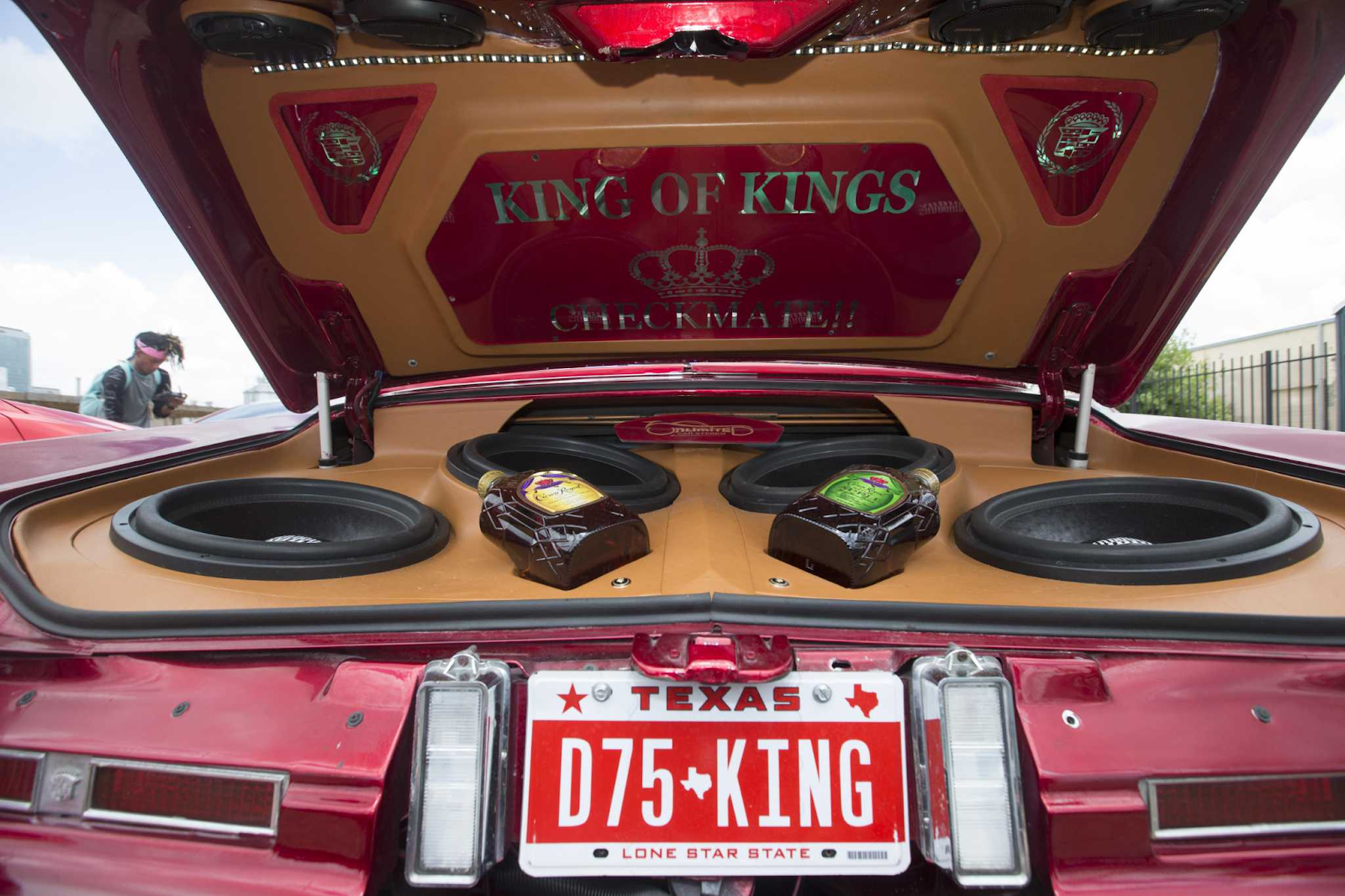
"There was a time in the early '90s when hip-hop compilations were released that were mastered specifically for car audio systems with 'kicker box' subwoofers," recalls high school music teacher Christopher Andrade. "The CDs used to actually carry warning labels on the front, along the lines of 'This album contains dangerous levels of bass, and may damage some speaker systems.'"
As the driver's seat became a listening shrine, the automobile evolved into a reference point for music-in-progress, eventually reaching the point of satire. Producers and engineers caught on; popular music began to be mastered with car stereos in mind.
The ultimate example of this practice has to be Queens of the Stone Age's landmark LP Songs for the Deaf. The 2002 opus sounds like it's shooting from the door of a clapped-out car at full tilt. That's no accident – the band, and producer Eric Valentine, boosted the midrange of the mix to match the sound of a car stereo.
Approximating the dirty compression of drive-time radio kicks ass, but why not go a step further? Why not mix in the car, where so many of us will rock out?
These days, several folks are doing just that. The Raconteurs, helmed by Jack White and Brendan Benson, released their 2019 album Help Us Stranger with a little help from White's car. The band performed a significant amount of mixing using his Tesla Model S as a reference.
Here's how: using a (slightly-illegal) broadcaster, the band hijacked an unused frequency on FM radio. Rough mixes were then aired on the frequency to White and other album personnel, who were sitting in the Model S outside the studio. They offered occasional advice (via phone) to their associates mixing inside. Just like that, the album was guaranteed to sound great on a drive.
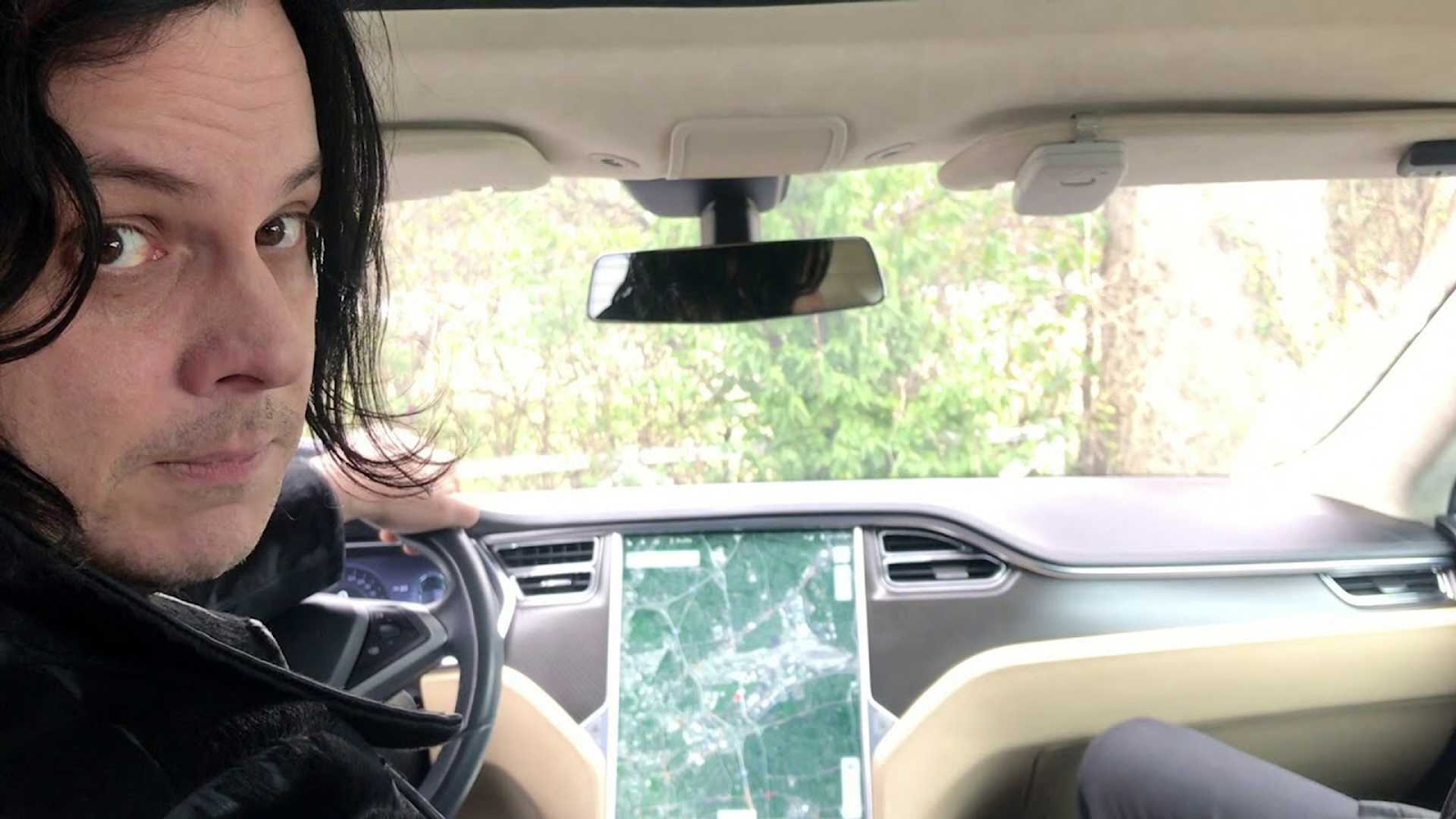
Sputnik Sound's Vance Powell, who mixed Help Us Stranger, has plenty of experience working within a car's boundaries. During Powell's time with Third Man Records, he and White used the latter's Mercedes-Benz to reference-check mixes for his other-other band, The Dead Weather. With the Tesla, though, White and his bandmates could experiment with real-time tweaking.
Using the Model S was more of a novelty than anything else, Powell admits: "It was just a cool way to listen to [the record]. There were decisions made, but final decisions? No."
Subsequently, Powell has used a more refined technique with country star Chris Stapleton, having worked on five of his records. "On every record of his, [we've] made most of the final decisions in his car," Powell says. After all, "for him, that's where he listens the most."
Stapleton's rides – a Jeep Wagoneer, Tesla Model X, and Mercedes G-Wagon – have all been reference points for his music. Powell uses a program in conjunction with the vehicles called Listento by Audiomovers: "I could [...] sit in the parking lot with an iPad, controlling the playback while listening and actually make small changes," he notes.
Can we drive even further? What does the future hold for in-car listening?
Meet mixer and engineer Elliot Scheiner. He's been nominated for 27 Grammys, and won eight (and he's also won two Emmys), so he has a good grip on bringing out the best over some speakers.
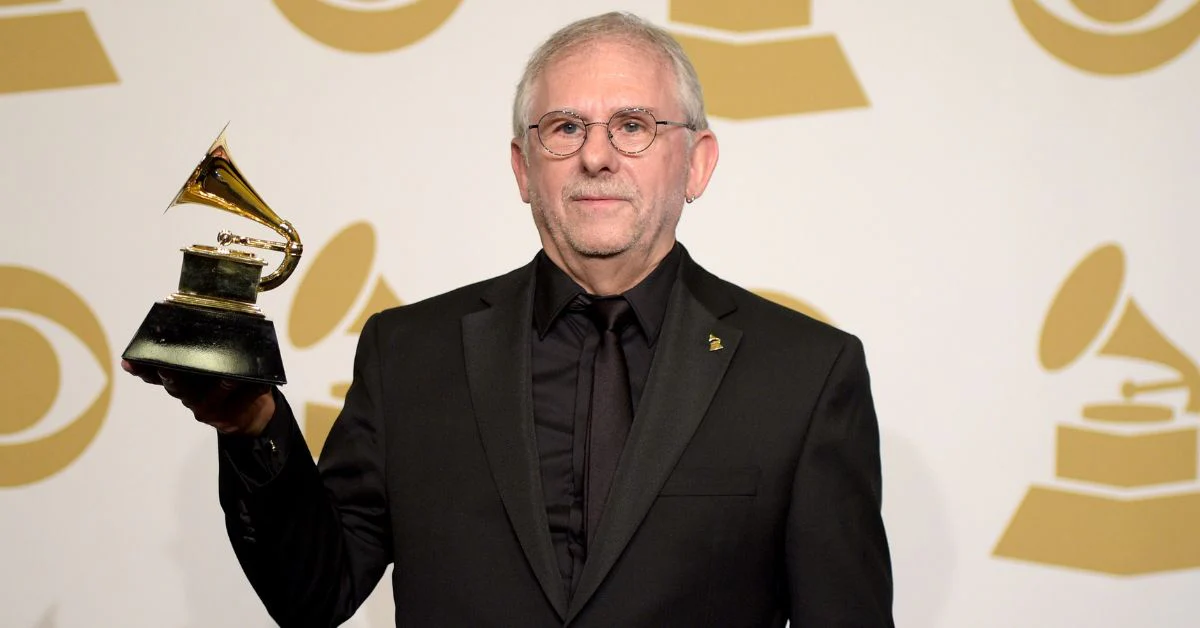
At the turn of the '80s, Scheiner remembers, A&M Studios had a 1957 Chevrolet Bel Air on site, outfitted with an intricate sound system intended for mixes-in-progress. Outside the studio, the Bel Air didn't drive an inch. Perhaps witnessing this set-up sparked something in the engineer's mind.
Around two decades ago, Scheiner developed the ELS 5.1 audio system for Acura. A step up from traditional stereo, 5.1 enters cinematic territory. Without getting too nerdy, a 5.1 setup refers to five surround channels and one bass channel around the listener, as opposed to just two (left-right) channels. This is the artillery you'd find in a home theater.
So why transfer this grandiose format to the car? Well, as Scheiner has said: "The only way CDs became popular was in the car. Cassettes were the same thing. Cassettes became popular because they were in the car. So I thought, well, why don’t we put 5.1 in the car?"
In one instance, The Foo Fighters signed off on Scheiner's 5.1 mix (for 2005's In Your Honor) in an Acura TL outfitted with one of his systems. The Foos didn't have a studio capable of pumping out the immersive pixie dust of Scheiner's work, so, after hearing from Dave Grohl, he contacted Acura and asked them to send a car to the band. Mission accomplished.
As you might expect, Scheiner has an affinity for music of the oh-so pristine kind – think Steely Dan, an act he’s performed engineering duties for. Let's just say his passions don't align with the loud-or-bust rock n' roll of albums like Songs for the Deaf. "I don’t think it's made for the amount of care that we put into a system like [Acura's ELS]," he says, even if "it'll come out better than what it sounded like on anybody else’s stereo."
5.1 still not enough for you? There's room to go even further with Dolby Atmos, listening tech which offers a vertical plane of sound. Atmos can span from the likes of Apple Music (with their "binaural" feature, a.k.a. stereo with a little bit of up-and-down flair) to cinematic proportions. Ask Powell, who drives a Polestar 3 with an Atmos system: "the future is not in 5.1 in any way, shape, or form. It's in Atmos."
That may seem epic, but a lot of lay-listeners don't want their music handled with the proverbial white gloves of 5.1, let alone Atmos. When Scheiner was working for Acura on the ELS, he received some pointed feedback right off the bat: "Where’s the bass? This needs more bass."
It's an anecdote that brings us full-circle, to the bass-less listening of old. Sometimes, even cutting-edge sonic solutions lack that primal, pedal-to-the-medal energy we crave.
It doesn’t matter if you’ve got a hip-hop classic blasting from your slab, or a guilty pleasure on the radio. It doesn’t matter if you’ve got 5.1, or a Bluetooth speaker on the passenger seat. You're on a high-speed stage, and your car's made you a star. Just roll down the windows, and roll up the volume.
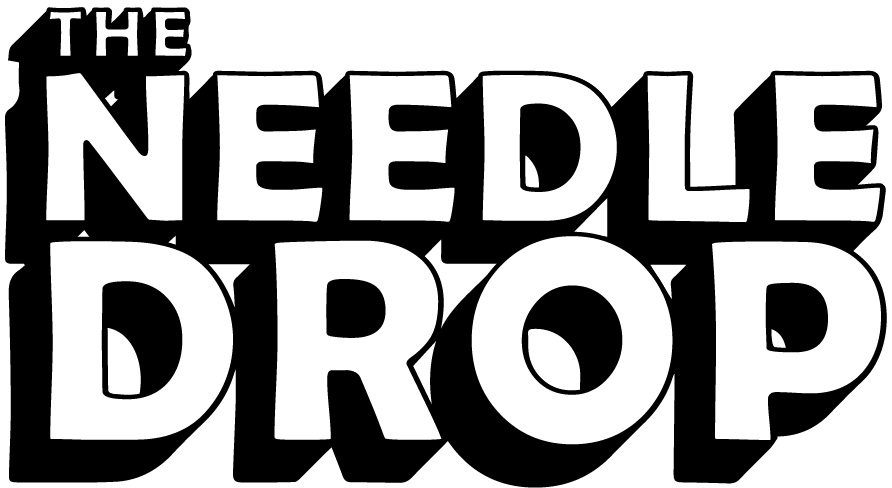
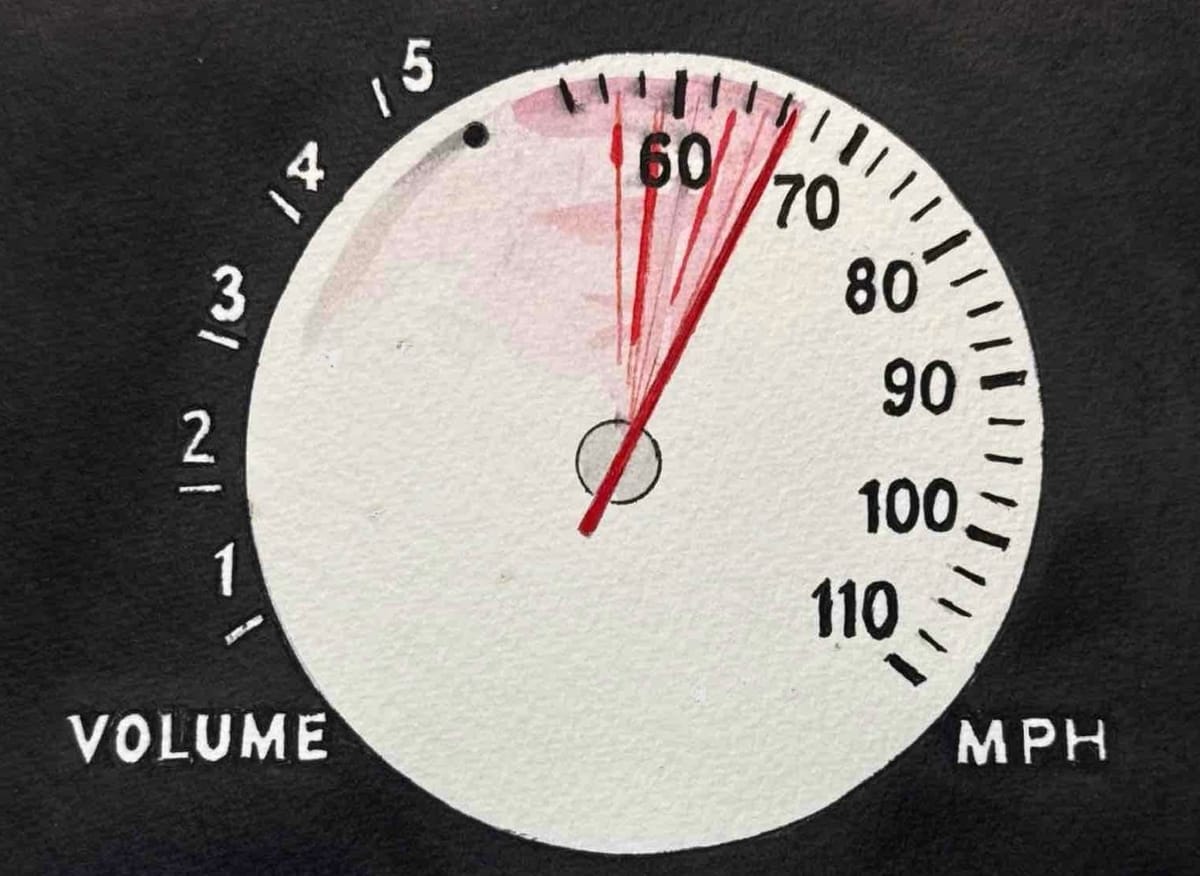


What do you think?
Show comments / Leave a comment